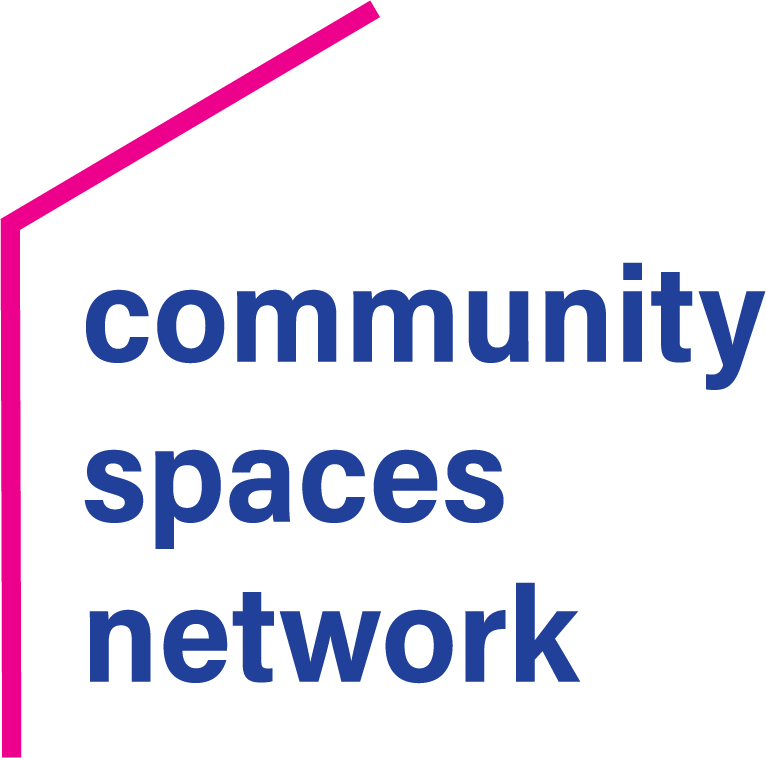There has been a lot of press recently on restorative economics in certain media outlets that we follow. We’ve been thinking about how these principals, outlined in the 2002 book by Storm Cunningham “The Restoration Economy”, relate to community resilience and community spaces. Restorative economy principles hold significant importance for community groups seeking sustainable and equitable development. Firstly, these principles prioritize repairing and regenerating social and environmental capital, aligning with the ethos of community-based initiatives.
By focusing on restoring ecosystems, fostering local economies, and promoting social cohesion, restorative economy principles empower communities to address systemic issues such as poverty, environmental degradation, and social injustice. Through practices like circular economics, where resources are reused and regenerated, community groups can reduce waste and dependency on finite resources while creating opportunities for local entrepreneurship and innovation.
Restorative economy principles promote inclusivity and participatory decision-making within communities. By valuing diverse perspectives and engaging stakeholders in the planning and implementation processes, these principles ensure that community members have a voice in shaping their own futures. This participatory approach not only fosters a sense of ownership and empowerment but also enhances the resilience of communities by drawing on their collective wisdom and resources to address local challenges collaboratively.
Embracing restorative economy principles can lead to more resilient and adaptive communities in the face of economic and environmental uncertainties. By nurturing relationships based on reciprocity and mutual support, community groups can build social capital and networks that enable them to respond effectively to crises and thrive in the long term.

